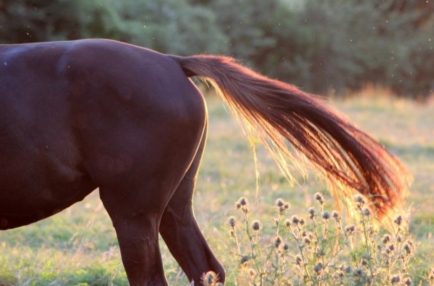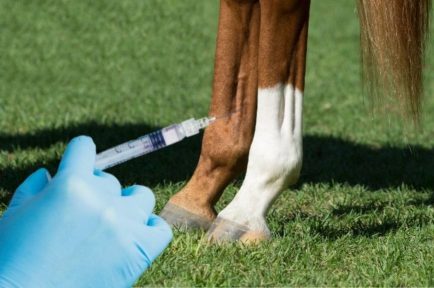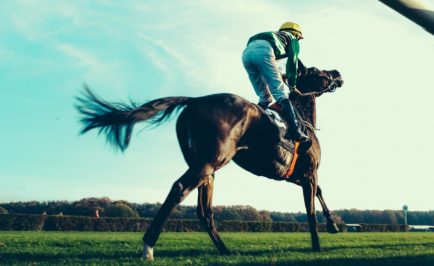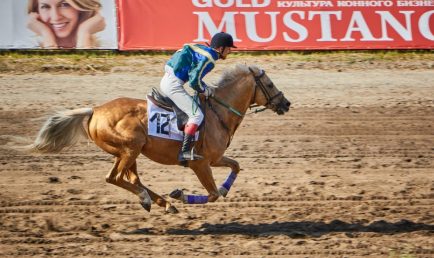Unicorns aren’t just a modern trend. Throughout history, unicorns have appeared in many Eastern and Western mythologies. But are unicorns real? Did they ever exist beyond people’s imaginations? Although there has never been any substantiated evidence, certain events have helped to fuel the myth of unicorns.
What Is a Unicorn?
Unicorn means “one horn.” Most often, a unicorn is depicted as a white, horse-like creature with a single horn growing from its forehead. Sometimes, a unicorn is seen as a deer, donkey, or goat with a single horn. The horn is often long and straight, marked with spiral striations along its length.
Moreover, unicorns are typically depicted as having cloven hooves like cattle, deer, or goats, which is dissimilar to the single-toed hooves of horses. But unicorns often are seen sporting similar coat colors to horses, with white being the most common color.
Unicorns supposedly have been endowed with many magical qualities. For instance, unicorn tears and blood are said to be healing, and powdered unicorn horn is said to be an antidote to poison. Furthermore, unicorns are apparently difficult to catch—not unlike some horses who don’t like to be caught—and in many mythologies only young maidens can tame them. They are a symbol of ferociousness, freedom, power, and speed, and they appear on many coats of arms and emblems.
Unicorns in the Bible
While more modern translations do not mention unicorns, there are nine references to unicorns in the King James version of the Bible, which was originally published in 1611.
Most scholars suspect mistranslation. It’s possible the word “unicorn,” which simply meant “single-horned animal,” could have been referring to a rhinoceros. Some scholars also believe the Hebrew word “re’em,” which was translated as “unicorn,” actually was alluding to a wild bull.
Here are the references to unicorns in the Bible:
- Numbers 23:22: “God brought them out of Egypt; he hath as it were the strength of an unicorn.”
- Numbers 24:8: “God brought him forth out of Egypt; he hath as it were the strength of an unicorn: he shall eat up the nations his enemies, and shall break their bones, and pierce them through with his arrows.”
- Job 39:9: “Will the unicorn be willing to serve thee, or abide by thy crib?”
- Job 39:10: “Canst thou bind the unicorn with his band in the furrow? or will he harrow the valleys after thee?”
- Psalms 29:6: “He maketh them also to skip like a calf; Lebanon and Sirion like a young unicorn.”
- Psalms 92:10: “But my horn shalt thou exalt like the horn of an unicorn: I shall be anointed with fresh oil.
- Deuteronomy 33:17: “His glory is like the firstling of his bullock, and his horns are like the horns of unicorns: with them he shall push the people together to the ends of the earth: and they are the ten thousands of Ephraim, and they are the thousands of Manasseh.”
- Psalms 22:21: “Save me from the lion’s mouth: for thou hast heard me from the horns of the unicorns.”
- Isaiah 34:7: “And the unicorns shall come down with them, and the bullocks with the bulls; and their land shall be soaked with blood, and their dust made fat with fatness.”
Fossil Remains and Skeletons
While horses have an extensive fossil record, there are no confirmed fossils of unicorns. But that hasn’t stopped people from trying to find unicorn remains.
One of the principal characters in the book Remarkable Creatures by Tracy Chevalier is based on the life of English paleontologist Mary Anning. Anning collected fossils but didn’t understand what the fossilized creatures were. For instance, fossils we now know are cephalopods were thought to be coiled snakes. Straight cephalopod shells were also found, and many people thought these were unicorn horns.
Several unicorn skeletons also have been discovered, but all of them have been deemed fake. In the 1600s, German scientist and inventor Otto von Guericke created a fake unicorn skeleton with bones locals found in a cave. And a sketch based on the model was even included in a book on natural history written in the 1700s. Whether the original fake was created out of fun or the creator thought he was building a real unicorn is unknown.
Unicorn Sightings
Many people claim to have seen unicorns in person. In 1991, Austrian naturalist Antal Festetics said he viewed a unicorn while horseback riding in the Harz Mountains, though he offered no proof of the encounter. And in 2010, the Ontario Science Centre in Toronto shared footage of a unicorn sighting, which was later deemed a hoax. In the footage, the unicorn’s gait looks a bit wooden as it travels along, unlike the flowing gait of a horse.
Creating Unicorns
It is possible to manipulate the horn buds of cattle and goats—and probably other horned animals, as well—so they twist together to create the look of a unicorn. Similarly, the Prato unicorn, a deer with a single horn in the center of its head, was spotted in Italy in 2008. While rare, these things do happen, perhaps giving rise to the myth of the unicorn.
Sea Unicorns
One animal does come by its single horn honestly. The narwhal—or Monodon monoceros, which means “single-toothed whale”—has what appears to be a longhorn projecting from its forehead. In reality, this tooth protrudes through a gap in its upper lip. So it’s not really a horn, and it’s not entirely clear to scientists what this tusk is for.
Original article: Are Unicorns Real? Separating the Truth From Myth (thesprucepets.com)
www.royalequestriancollection.com – check our website to purchase and enjoy our products for your horses and you.



























